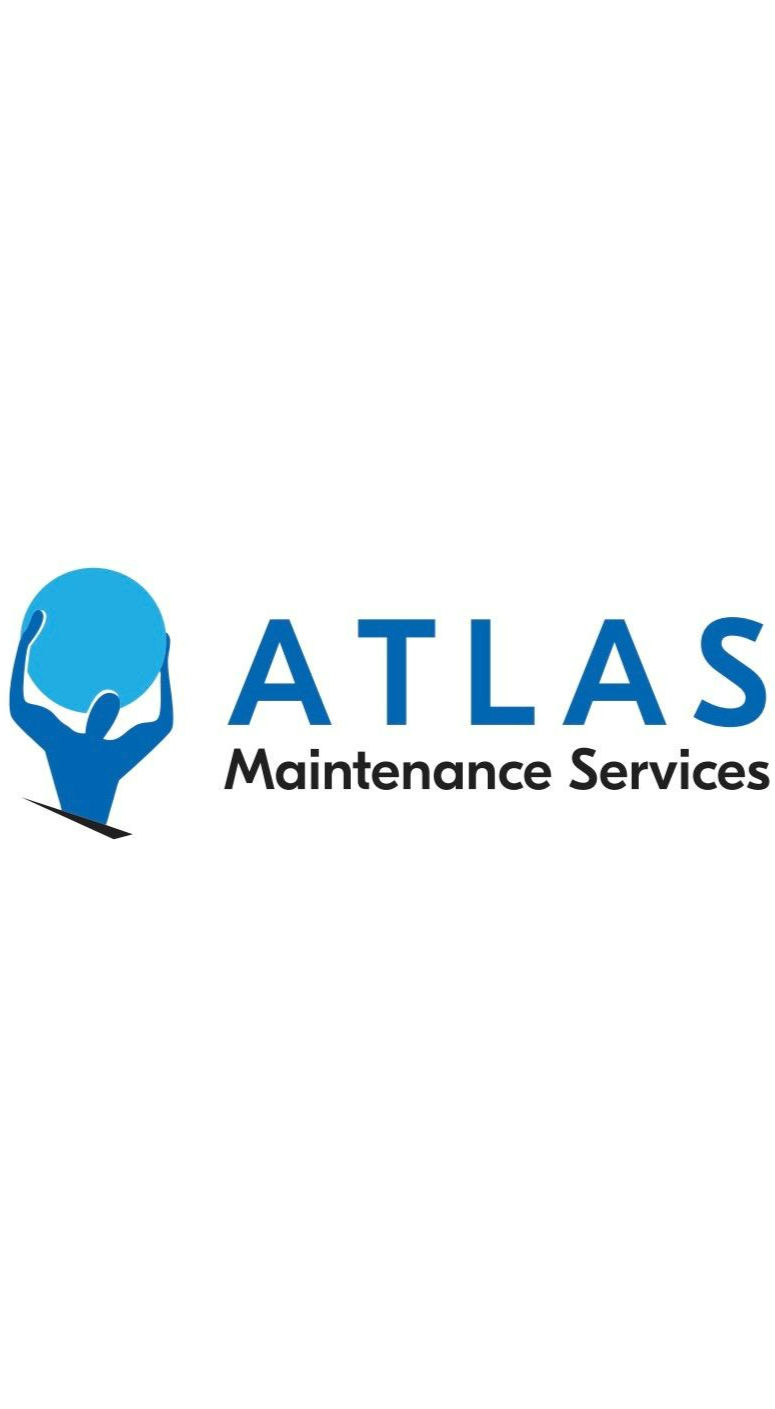More Than Just Clean: Top 5 Janitorial Needs for Today's Medical Offices
- ATLAS

- Jun 5
- 3 min read
In a medical office, cleanliness isn't just about appearances – it's a critical component of patient safety, infection control, and overall trust. Standard office cleaning simply doesn't cut it when dealing with vulnerable patients and the potential spread of pathogens. Medical facilities require a specialized approach to janitorial services, focusing on meticulous detail and adherence to stringent health standards.
So, what are the absolute must-haves when it comes to keeping a medical office hygienically sound and welcoming? Here are the top 5 janitorial needs:
1. Advanced Disinfection & Sanitization Protocols:
This goes far beyond a quick wipe-down. Medical offices need janitorial services that utilize hospital-grade, EPA-approved disinfectants effective against a broad spectrum of bacteria, viruses, and fungi.
Key Focus Areas: High-touch surfaces are paramount – think doorknobs, light switches, reception desks, waiting room chairs, exam tables, medical equipment (non-critical surfaces), and restroom fixtures.
Why it's Crucial: Proper disinfection is the first line of defense in preventing healthcare-associated infections (HAIs) and protecting both patients and staff. This is especially vital in areas like exam rooms and treatment areas.
2. Strict Cross-Contamination Prevention:
The risk of transferring germs from one area to another is a major concern in healthcare settings. A professional janitorial service specializing in medical facilities will implement rigorous protocols to prevent this.
Key Practices: This includes using color-coded microfiber cloths and mop heads for different areas (e.g., red for restrooms, blue for general areas), changing cleaning solutions frequently, and employing proper hand hygiene techniques between tasks and rooms.
Why it's Crucial: Preventing the spread of pathogens from, for example, a restroom to an exam room, or from a sick patient's area to a common space, is essential for maintaining a safe environment.
3. Specialized Medical Waste Handling & Disposal:
Medical offices generate various types of waste, some of which require specific handling and disposal methods according to local, state, and federal regulations (e.g., OSHA guidelines).
Janitorial Role: While janitorial staff may not handle all biohazardous waste (often managed by specialized medical waste companies), they must be trained in identifying and properly managing sharps containers, knowing protocols for bloodborne pathogens, and correctly disposing of general waste from patient care areas. They need to understand what not to touch and how to report improperly disposed items.
Why it's Crucial: Improper waste disposal can pose significant health risks to staff, patients, and the public, and can lead to hefty fines for non-compliance.
4. Meticulous Restroom & Waiting Area Hygiene:
Restrooms and waiting rooms are high-traffic zones and can quickly become breeding grounds for germs if not meticulously maintained.
Key Focus Areas: This involves thorough disinfection of all restroom surfaces (toilets, sinks, floors, dispensers), consistent restocking of soap, paper towels, and toilet paper. For waiting areas, it includes regular disinfection of seating, tables, children's toys (if applicable), and ensuring a visibly clean and odor-free environment.
Why it's Crucial: These areas form a significant part of a patient's first impression and ongoing experience. A clean and well-stocked restroom and a hygienic waiting area contribute to patient comfort and confidence in the facility's standards.
5. Adherence to Privacy (HIPAA) and Safety (OSHA) Standards:
While cleaning, janitorial staff may be present in areas where patient information is visible or where specific safety protocols must be followed.
Training & Awareness: Reputable janitorial services train their staff on the importance of patient privacy (e.g., not disturbing charts or sensitive documents) and on OSHA safety standards, including the use of Personal Protective Equipment (PPE) when necessary, and understanding chemical safety (Safety Data Sheets - SDS).
Why it's Crucial: Maintaining patient confidentiality is a legal requirement, and ensuring the safety of both cleaning staff and medical personnel is paramount. A knowledgeable cleaning crew respects these boundaries and contributes to a secure environment.
Partnering for a Healthier Practice:
Ensuring these top janitorial needs are met requires more than just a casual cleaning service. It demands a partner with specific training, appropriate supplies, and a deep understanding of the unique demands of a healthcare environment. Investing in professional janitorial services specializing in medical offices isn't just an expense; it's an investment in patient safety, staff well-being, and the reputation of your practice.
Is your medical office getting the specialized cleaning attention it deserves? Contact us today for a consultation and learn how we can help you maintain the highest standards of hygiene and safety.







Great tips!